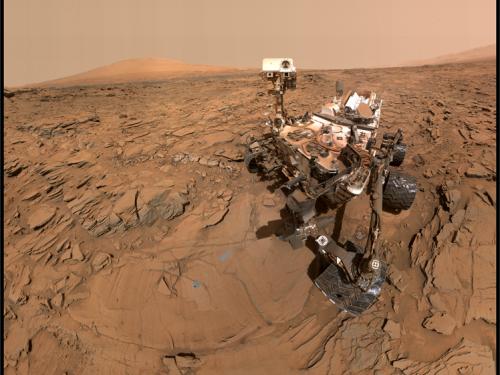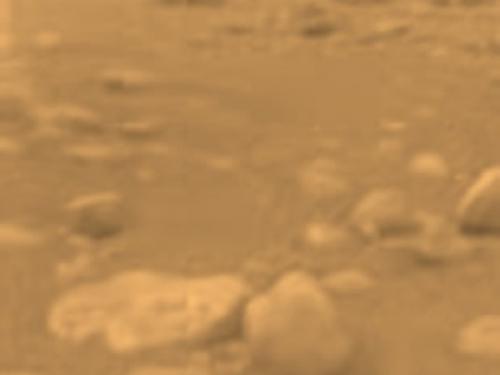

Stories of daring, stories of technological feats, stories of prevailing against the odds ... these are the stories we tell at the National Air and Space Museum. Dive in to the stories below to discover, learn, and be inspired.
Showing 11 - 20 of 111

March 09, 2023
Thanks to GPS, ecologists today can track thousands of animals all the time with tracking devices that can be smaller than a quarter. But in 1970 there was just a weather satellite, a 23 pound collar, and an elk named Monique. On this episode of AirSpace, we talk to some of the scientists who use space to track animals here on Earth.

February 23, 2023
The Juno spacecraft currently orbiting Jupiter almost didn’t have a camera, and boy would that have been a shame. On this episode of AirSpace, we unpack how JunoCam has contributed to science and completely changed the way we view this beautiful gas giant.

November 18, 2022
The Curiosity rover reached a significant milestone on Mars this year. The rover has been exploring the Gale crater for 10 years. Read more on how Curiosity shows no signs of slowing down and the discoveries related to the past potential habitability of the Red Planet.

August 09, 2022
Learn about three ways that satellites have led to a better understanding of how we affect our environment.

July 14, 2022
Join us in taking a closer look at how Mercury, Venus, Earth, and Mars took shape.

July 14, 2022
There is no place like home—at least in our neighborhood.

May 26, 2022
In 1859 the Sun threw a temper tantrum directed at Earth. It spewed magnetized plasma into space, which made its way here and triggered effects that *literally* shocked telegraph operators (not to mention knocking down telegraph lines and causing aurora to be seen near the equator). If a geomagnetic storm of this size happened today, it could cause a widespread electrical and communications blackout. Events of that magnitude are rare but the Sun’s activity affects us all the time – from static on the radio to a diverted commercial flight or a wonky GPS app. The good news is scientists are monitoring the Sun to predict when and where effects will be felt. On today’s episode, we speak to experts from NOAA’s Space Weather Prediction Center to learn how and why they stare at the Sun (for science!).

May 11, 2022
On today’s episode, we’re cheering for the fraternal twins of the outer solar system. You might know them as the Ice Giants, but really they’re big mush-balls: Uranus and Neptune. And like most siblings, these two planets have plenty in common: both discovered by telescope, both have ring and moon systems, and both were studied by Voyager 2. Scientists have learned a ton about Uranus and Neptune over the last few decades, but since these planets are hard to see and even harder to get to, many questions remain. It’s all about the coolest planets of the solar system today on AirSpace.

March 22, 2022
Unusual careers in the aviation and space with behind-the-scenes jobs at the National Air and Space Museum.

February 10, 2022
We’re hard at work on Season 6 (and a super special project coming in just a few weeks!!). But today, we’re revisiting one of our favorite episodes from last year. They’re incredibly dense, super cool, and mind-bendingly-mysterious -- BLACK HOLES! But how do you imagine – let alone study—the unseeable? And seriously—what happened at the end of “Interstellar?”